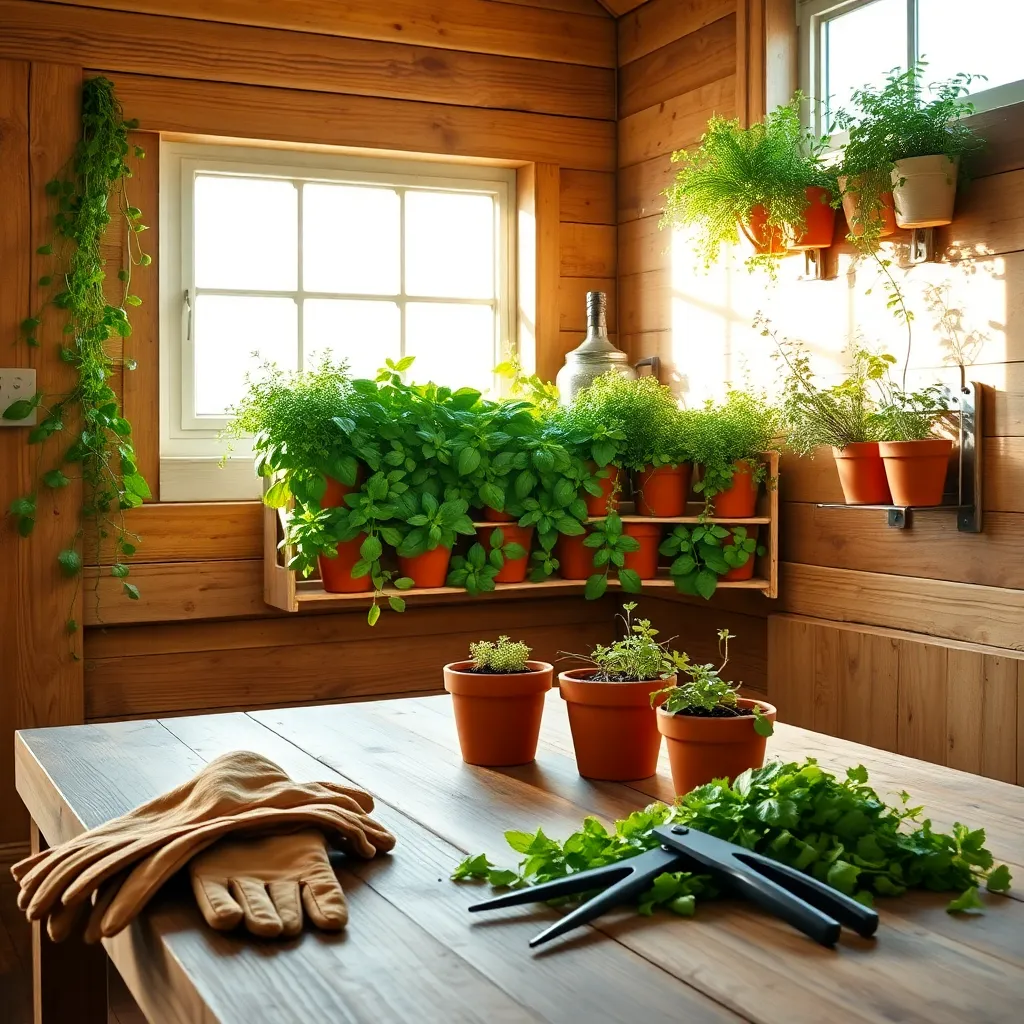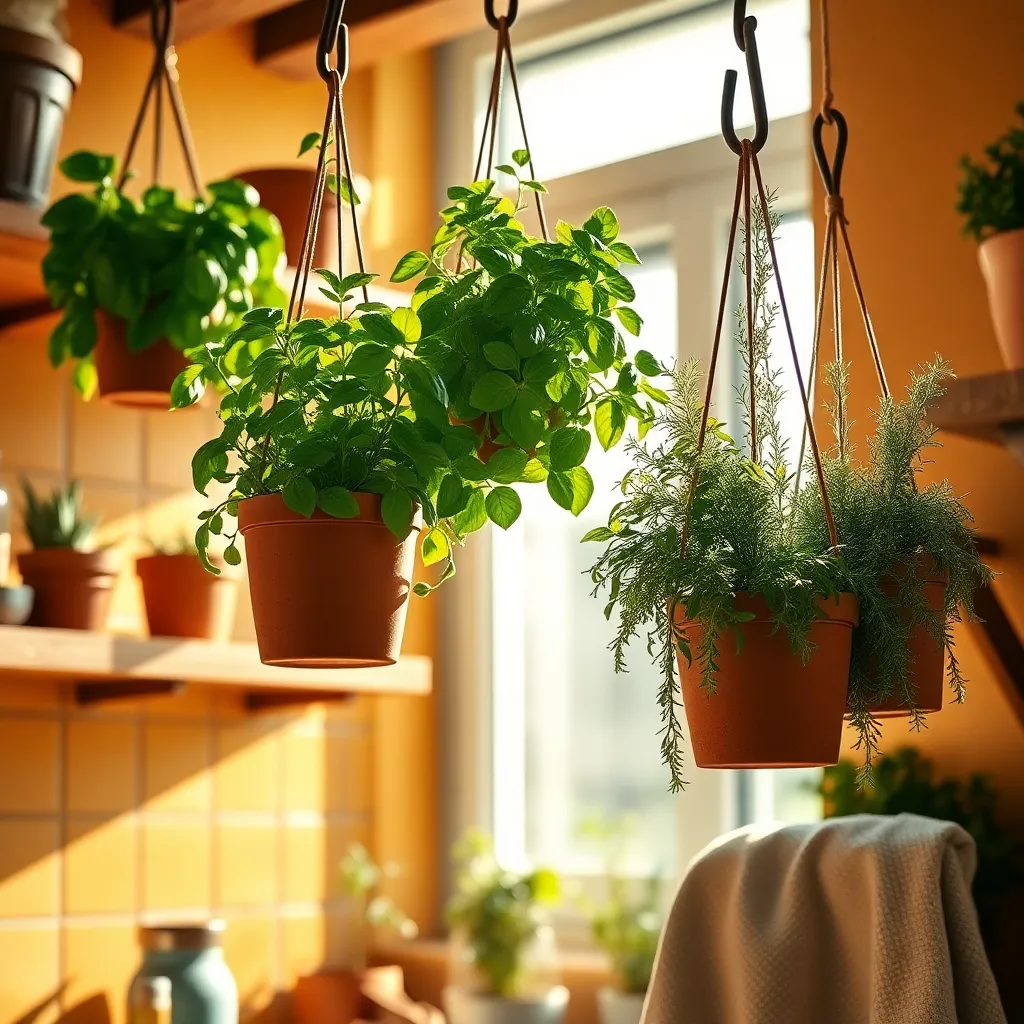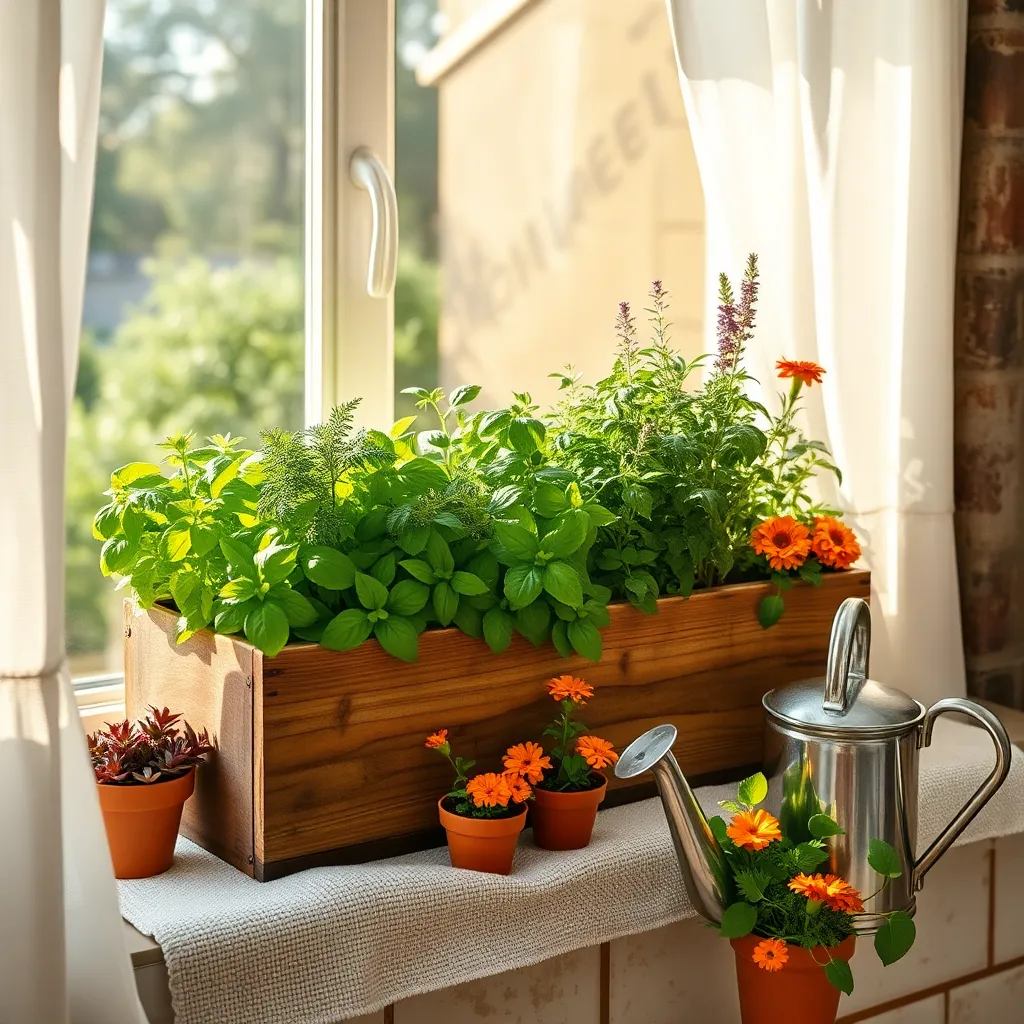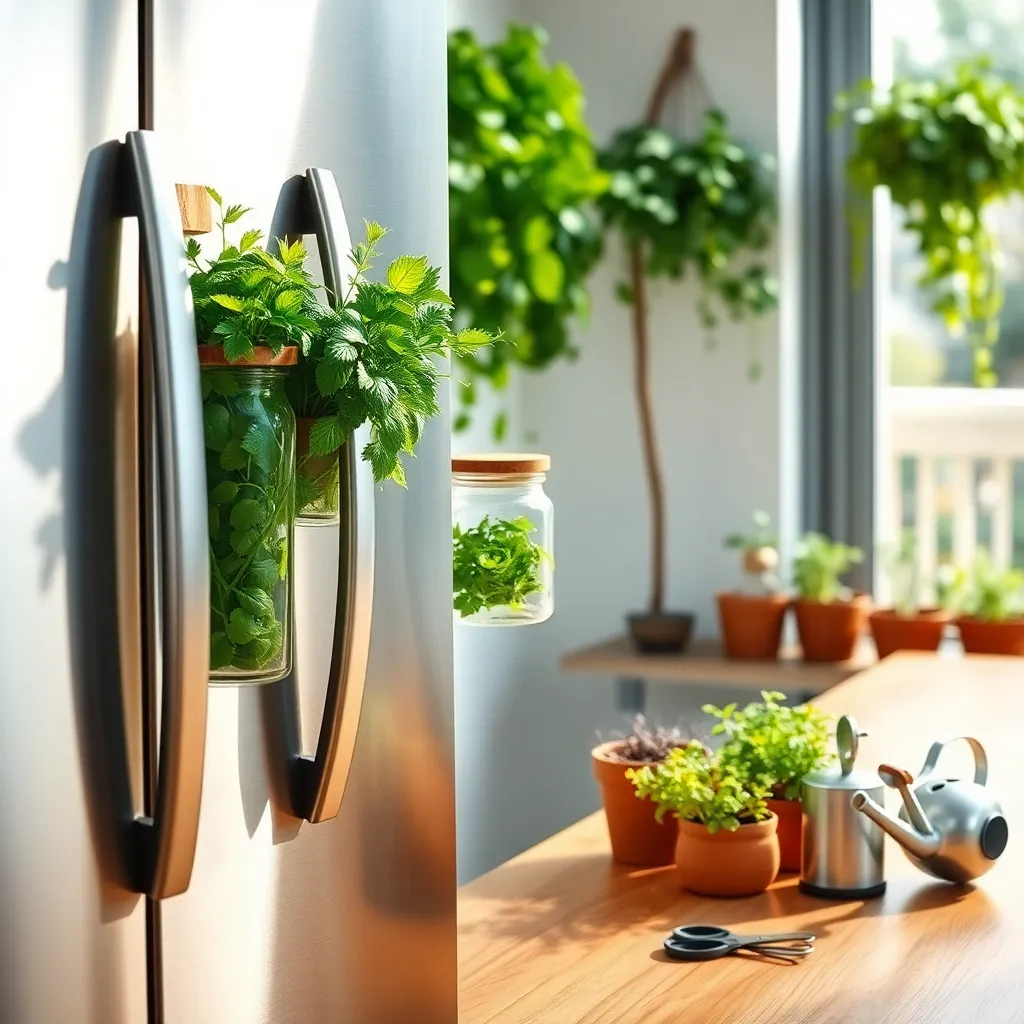Imagine stepping into your kitchen and being greeted by the vibrant scents of basil, mint, or rosemary—all thriving right in your own culinary space. Whether you’re a novice just dipping your fingers into the soil or a seasoned gardener with a green thumb, “Creative Ways to Grow Herbs in Your Kitchen” is your ticket to transforming your cooking area into a flourishing herb haven. This guide offers a treasure trove of innovative techniques and tips that make it possible for anyone to cultivate fresh herbs, regardless of space constraints or experience level.
Growing herbs indoors not only adds a splash of greenery to your kitchen, but it also infuses your cooking with the freshest flavors imaginable. These creative methods will empower you to explore new gardening horizons, bringing the satisfaction of fresh, homegrown ingredients right to your fingertips. With practical benefits like easy access to your favorite herbs and the joy that comes from nurturing life, this guide is designed to make you feel confident and equipped to succeed. Get ready to embark on a gardening journey that promises to enrich your culinary creations and fill your home with the delightful essence of nature.
Install a Vertical Herb Garden

Transform your kitchen space by installing a vertical herb garden, which is both space-efficient and visually appealing. Start by choosing a well-lit spot, preferably near a window, where your herbs can receive at least six hours of sunlight daily.
Consider using a vertical planter or repurpose items like wooden pallets or hanging shoe organizers for a DIY approach. Ensure each container has adequate drainage holes, as herbs thrive best in well-draining soil to prevent root rot.
Begin planting with popular kitchen herbs like basil, thyme, and mint, which are relatively easy to grow. Use a high-quality potting mix enriched with organic matter to provide essential nutrients and retain moisture effectively.
Water your vertical herb garden consistently, but be careful not to overwater; most herbs prefer slightly dry conditions between waterings. A simple tip is to water when the top inch of soil feels dry to the touch.
For more experienced gardeners, experiment by incorporating a small drip irrigation system to automate watering. This ensures your herbs receive consistent moisture, which can be particularly useful if your kitchen gets warm and dry throughout the day.
Utilize Mason Jars for Planting

Mason jars offer a charming and practical way to grow herbs right on your kitchen counter. They are ideal for small herbs like basil, mint, or chives, which thrive in compact spaces.
To start, ensure your mason jars have adequate drainage, as herbs do not like to sit in waterlogged soil. You can achieve this by adding a layer of small pebbles or gravel at the bottom of the jar before adding potting mix.
Use a high-quality potting mix that is well-draining and rich in nutrients. Choose a soil blend specifically designed for herbs, as it will provide the necessary ingredients for healthy growth.
Water your jar herbs sparingly, as overwatering is a common issue in closed containers. A good rule of thumb is to water when the top inch of soil feels dry to the touch.
Position your mason jars in a spot that receives plenty of sunlight, as most herbs require at least six hours of direct light daily. If natural light is limited, consider using a small LED grow light to supplement their needs.
For more advanced gardeners, try experimenting with different herbs and creating a mini ecosystem by planting complementary herbs in adjacent jars. For instance, pairing basil with oregano not only saves space but also enhances the flavors of your culinary dishes.
Hang Herbs from Ceiling Hooks

Transforming your kitchen into a living herb garden can be as simple as hanging herbs from ceiling hooks. This method not only saves counter space but also provides your plants with ample light, which is crucial for healthy growth.
Start by selecting herbs that thrive indoors, such as basil, thyme, and mint. These herbs require moderate sunlight, so hanging them near a window where they can receive morning or late afternoon sun is ideal.
Use lightweight pots with drainage holes to prevent waterlogging, which can harm the roots. Ensure the soil is a well-draining mix—a combination of potting soil and perlite is excellent for herbs like rosemary and oregano.
Water the herbs when the top inch of soil feels dry, typically once a week, but adjust based on humidity and light conditions. For advanced gardeners, consider rotating your pots every few weeks to ensure even light exposure and growth.
Create a Windowsill Herb Box

Creating a windowsill herb box is an excellent way to bring fresh flavors into your kitchen. Start by selecting a window that receives at least six hours of sunlight each day, as most herbs thrive in bright, direct light.
Choose a container that fits your windowsill, ensuring it has drainage holes to prevent waterlogging. Fill it with a high-quality potting mix that retains moisture but also drains well, such as a mix containing peat, perlite, and vermiculite.
Plant your favorite herbs, such as basil, cilantro, and parsley, spacing them appropriately to allow for growth. For beginners, consider starting with seedlings from a nursery, as these are often easier to establish than seeds.
Water your herb box regularly, allowing the top inch of the soil to dry out between waterings to prevent root rot. For advanced gardeners, consider using a liquid fertilizer every four to six weeks to support robust growth and enhance flavor.
Use Magnetic Containers on Fridge

Magnetic containers on your fridge can be a clever way to grow herbs in the kitchen. These containers utilize vertical space, making them perfect for small kitchens or apartments where countertop space is limited.
Choose herbs that thrive with minimal soil, such as thyme, oregano, or mint, as they are well-suited for these compact environments. Ensure the containers have drainage holes at the bottom to prevent waterlogging, which can lead to root rot.
Position your magnetic containers on a section of the fridge that receives indirect sunlight, which most herbs prefer. If natural light is scarce, consider using a small, energy-efficient LED grow light to supplement your herbs’ light needs.
Watering is crucial; aim to keep the soil consistently moist but not soggy. A good rule of thumb is to water when the top inch of soil feels dry to the touch.
For more advanced care, fertilize the herbs every few weeks with a diluted liquid fertilizer to promote lush growth. Regularly prune the plants to encourage bushier growth and prevent them from becoming leggy.
Conclusion: Growing Success with These Plants
In exploring “Creative Ways to Grow Herbs in Your Kitchen,” we’ve delved into five enriching relationship concepts: nurturing through shared activities, fostering communication with new experiences, cultivating patience and care, encouraging mutual growth, and embracing change together. These principles, while illustrated through the simple act of growing herbs, mirror the foundations of a thriving partnership.
Now, it’s time to take action. Choose a herb to grow together, and let it symbolize your commitment to nurturing your relationship. This small step can breathe new life into your daily interactions, offering a constant reminder of the love and care you’re both putting into your journey together.
Remember, relationships flourish with consistent care and attention. So, save or bookmark this article as a handy reference for when you need a reminder of these valuable concepts.
Looking forward, envision the success of your relationship as a lush, thriving garden, tended to with love and intention. As you embrace these principles, may your connection continue to grow and flourish, offering joy and fulfillment in every season of your shared life.





